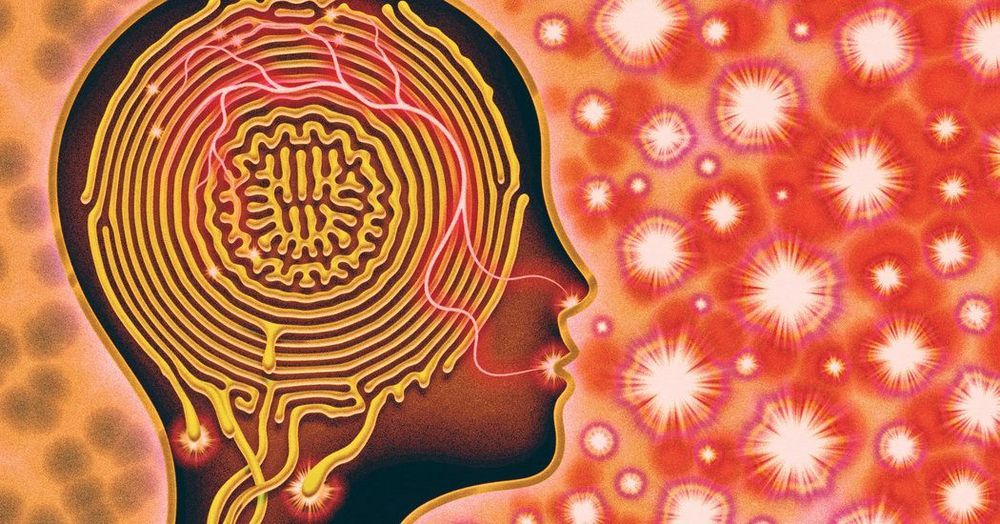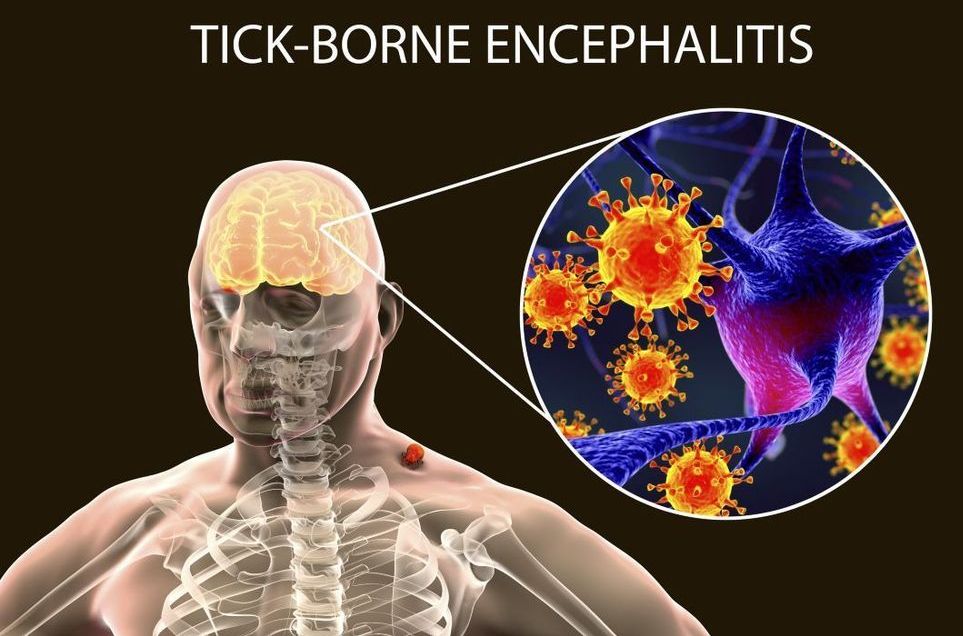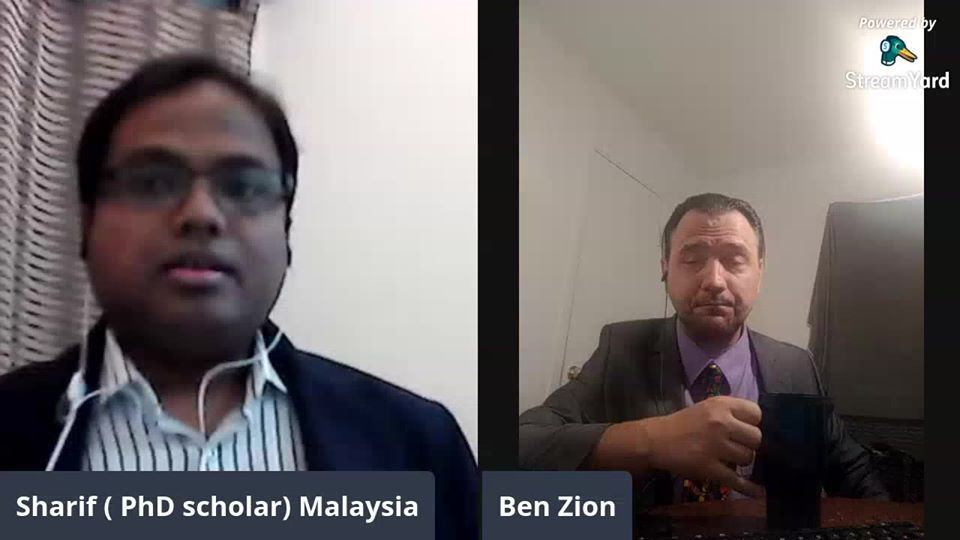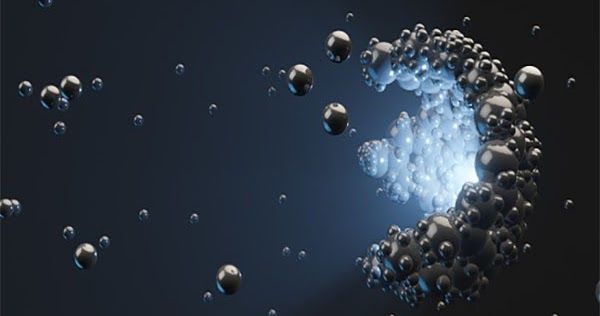For three months, Chelsea Alionar has struggled with fevers, headaches, dizziness and a brain fog so intense it feels like early dementia. She came down with the worst headache of her life on March 9, then lost her sense of taste and smell. She eventually tested positive for the coronavirus. But her symptoms have been stranger, and lasted longer, than most.
“I tell the same stories repeatedly; I forget words I know,” she told me. Her fingers and toes have been numb, her vision blurry and her fatigue severe. The 37-year-old is a one of the more than 4,000 members of a Facebook support group for Covid survivors who have been ill for more than 80 days.
The more we learn about the coronavirus, the more we realize it’s not just a respiratory infection. The virus can ravage many of the body’s major organ systems, including the brain and central nervous system.









